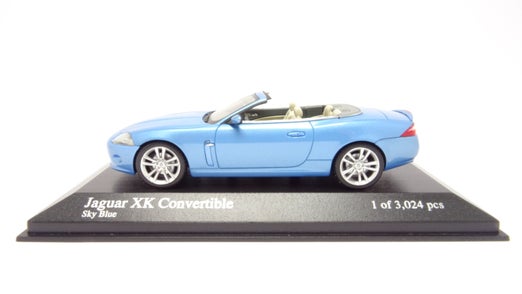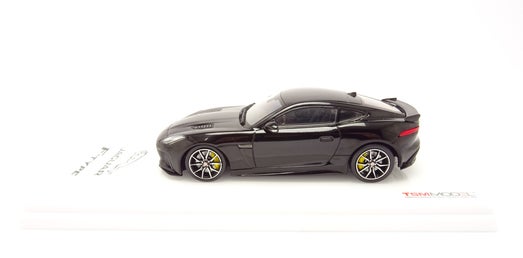

Originally called Swallow Sidecars! The company changed its name to SS and started manufacturing cars. The first proper sports car from the brand was called the SS 100 Jaguar and thankfully the name Jaguar stuck.
Jaguar is the luxury vehicle brand of Jaguar Land Rover, a British multinational car manufacturer with its headquarters in Whitley, Coventry, England. Jaguar's business was founded as the Swallow Sidecar Company in 1922, originally making motorcycle sidecars before developing bodies for passenger cars. Jaguar first appeared in September 1935 as a model name on an SS 2½-litre sports saloon. A matching open two seater sports model with a 3½-litre engine was named SS Jaguar 100.


Headquarters: Whitley, United Kingdom, 1945-1966

British Motor Corporation, Longbridge, United Kingdom, 1966-1968

British Leyland, Cowley, Oxfordshire, United Kingdom, 1968-1984

London Stock Exchange, 1984-1990

Parent: Ford, Dearborn, Michigan, US, 1990-2008

Parent: Tata Motors, Mumbai, Maharashtra, India, 2008-now


www.jaguarheritage.com/car/1966-jaguar-xj13



The Jaguar XJ is a series of full-size luxury cars produced by British automobile manufacturer Jaguar Cars (becoming Jaguar Land Rover in 2013) from 1968 to 2019. It was produced across five basic platform generations (debuting in 1968, 1986, 1994, 2003 and 2009) with various updated derivatives of each. From 1970 it was Jaguar's flagship four door model. The original model was the last Jaguar saloon to have had the input of Sir William Lyons, the company's founder, and the model has been featured in countless media and high-profile appearances..






set of jaguar xj saloon and coupe Jaguar XJ Series II Saloon & Coupe (youtube.com)








The Jaguar E-Type, or the Jaguar XK-E for the North American market, is a British sports car that was manufactured by Jaguar Cars Ltd between 1961 and 1974. Its combination of beauty, high performance, and competitive pricing established the model as an icon of the motoring world.
The E-Type was based on Jaguar's D-Type racing car, which had won the 24 Hours of Le Mans for three consecutive years beginning in 1955.


The Jaguar XJ-S (later called XJS) is a luxury grand tourer manufactured from 1975 to 1996, in coupé, fixed-profile and full convertible bodystyles.
Jaguar launched the XJ-S in the wake of a fuel crisis, when the market for a 5.3-litre V12 grand tourer was small. The specifications of the XJ-S compared well with both Italian cars; it was able to accelerate to 100 km/h in 7.6 seconds (automatic models) and had a top speed of 230 km/h.

set of jaguar xjs coupe and convertible Jaguar XJS Coupe & Convertible (youtube.com)







The Jaguar XK is a two-door 2+2 grand tourer manufactured from 1996–2014 in coupé and convertible bodystyles, across two generations. The XK was introduced at the Geneva Motor Show in March 1996 and was discontinued in July 2014. The first generation was marketed as the XK8, replacing the XJS and was Jaguar's first 8-cylinder model since the Daimler 250, introducing the all-new Jaguar AJ-V8 engine. The XK8 shared its platform with the Aston Martin DB7

















The Jaguar F-Type (X152) is a series of two-door, two-seater grand tourers manufactured by British car manufacturer Jaguar Land Rover under their Jaguar Cars marque since 2013. The car's JLR D6a platform is based on a shortened version of the XK's platform. It is the so-called "spiritual successor" to the famous E-Type.


















1922-1935
1935-1945
1945-1951
1951-1957
1957-1982






1982-2001
2001-2012
2012-2021
2021-2023
2023-2024
2024-now
























































Create Your Own Website With JouwWeb